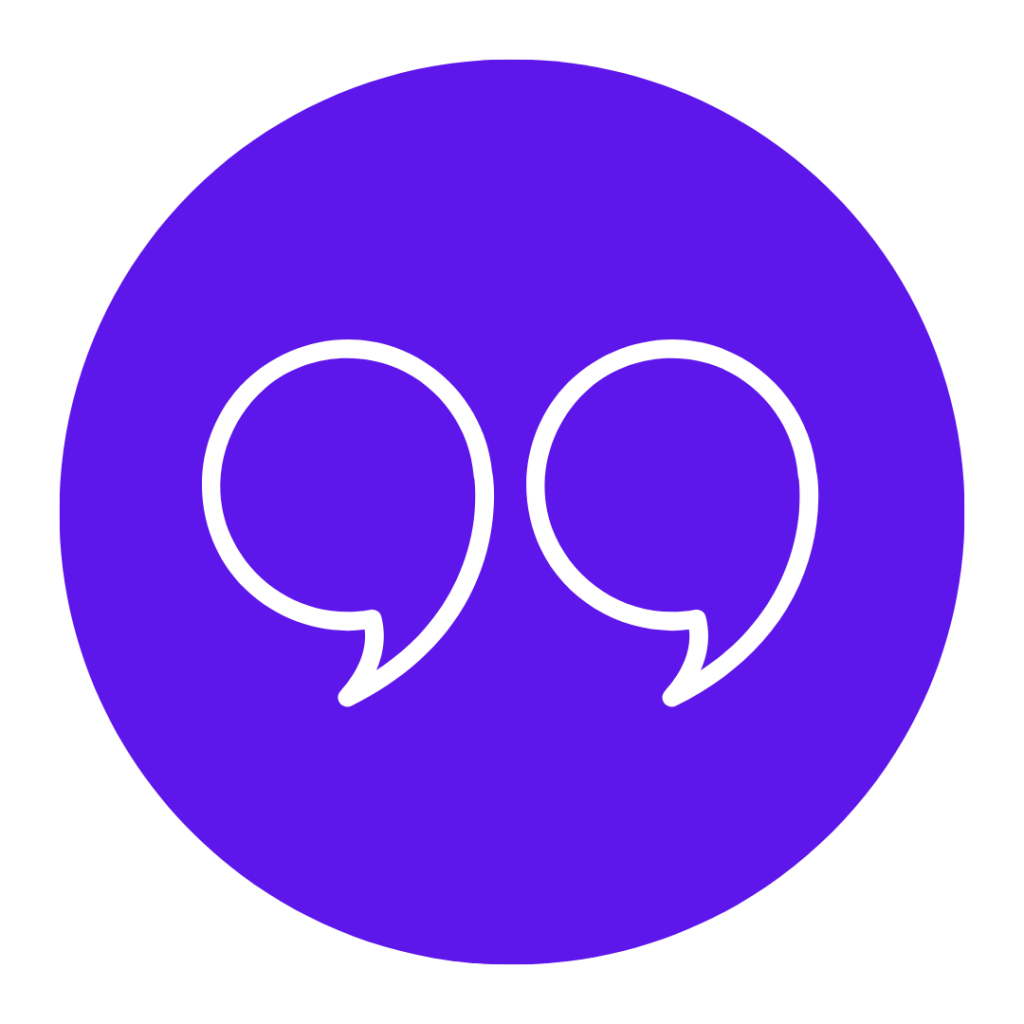As the HL7 is the standard in the healthcare sector, many customers ask how they can use Talend to integrate HL7 standard-based systems and communicate using MLLP (Minimal Lower Layer protocol). Here the integrations HL7 has with Talend will be explained.
What is HL7?
HL7, or Health Level-7, is an organization that has developed a set of standards for the exchange of clinical and administrative data between different healthcare software systems. These standards enable healthcare providers to seamlessly share and access electronic health information. HL7 International, founded in 1987, is a non-profit organization that is accredited by ANSI (American National Standards Institute) and is focused on creating a comprehensive framework and related standards for the integration, sharing, exchange, and retrieval of electronic health information to support clinical practice and the health services management, evaluation, and delivery.
HL7 established a standard for the real-time exchange of medical data between applications. It is the only way to guarantee clear communication channels between different vendors without concern for the specific format or protocol of the message.
Perhaps a “plug and launch” kind of system is implied, even though HL7 provides a basic interface. Healthcare applications commercial vendors shape HL7 to meet client needs and systems. This phase is necessary to transfer patient data accurately. The HL7 standard is intentionally flexible. It is shaped to allow customization while inhibiting “plug and launch” implementations, as its 2.3 version states: “HL7 presents a shared framework for interface implementation among different vendors”.
Version 2.5.1, another HL7 version, is regarded as a healthcare standard for achieving certification requirements. Though the newer version represents only a small part of the actual interface usage, most of the HL7 employed massages use versions 2.3 or 2.3.1 of the standard.
With Talend, it is possible to pick a version of the standard depending on requirements. So, let’s briefly review several versions and their specifications.
HL7 V2
V2 HL7 standard was shaped to provide a framework for data transfer between different clinical systems and was shaped mainly by clinical interface specialists.
The V2 standard delivers 80% of the interface framework and provides flexibility for customization through the ability to negotiate the other 20% on an interface-interface basis. V2 standard allows applications to skip message elements they cannot expect, that generally makes all 2.X versions backward compatible with earlier versions. This means that even though messages from a new application that uses a newer HL7 version contain more fields and/or segments, an older application can receive and process those messages.
HL7 V3
Near the end of 2005, HL7 V3 was launched. This version was not influenced by clinical interface specialists but by the government and the users of medical information. This version is not backward compatible, which means that applications using the V2 standard interface can’t communicate with interfaces using V3 (without substantial modifications).
FHIR
Fast Health Interoperable Resources (FHIR) fuses the best features from HL7 V2, V3, and HL7 Clinical Document Architecture (CDA) to create a next-generation framework while leveraging recent web service technologies. FHIR design is based both on modular components called resources and on restful web services and supports JSON and XML.
HL7 with Talend
In ‘Talend Data Mapper’, Talend has added the support of the HL7 V2 standard messaging format. There is no obligation to download and install all of the HL7 versions for this feature to work. We advise downloading and installing only the versions needed.
In order to process HL7 messages, one of Talend’s components, hMap from the Integration Section or cMap from the Routs Section, needs to configure. Talend Data Mapper is a highly effective tool for mapping complex data structures with ease and grace.
Talend is a very powerful tool when it comes to complex structure processing and useful information extraction. It can interpret HL7 messages natively using the MLLP protocol. In addition, using Talend Routs, Talend can fabricate and consume HL7 messages in real time.
By introducing Health Level 7 (HL7) integration, Talend’s platform allows health service providers to transfer data from one department to another or between devices. This will help with focusing the industry on more real-time integration solutions that will make information more accessible.

